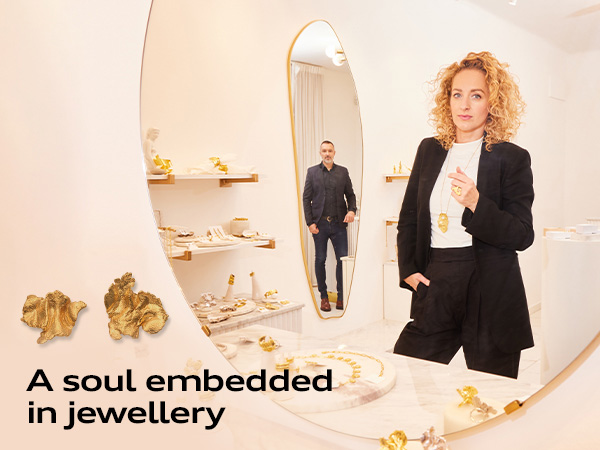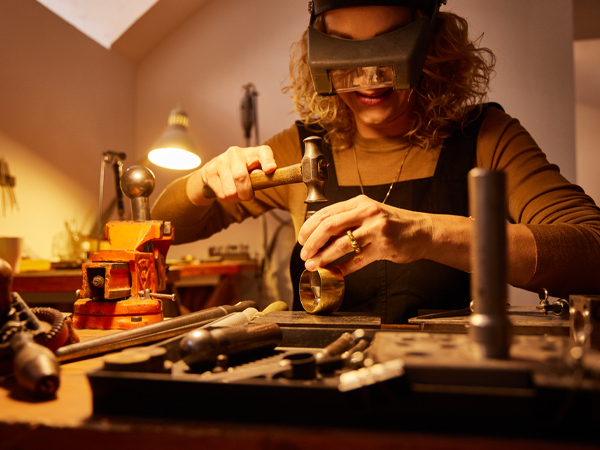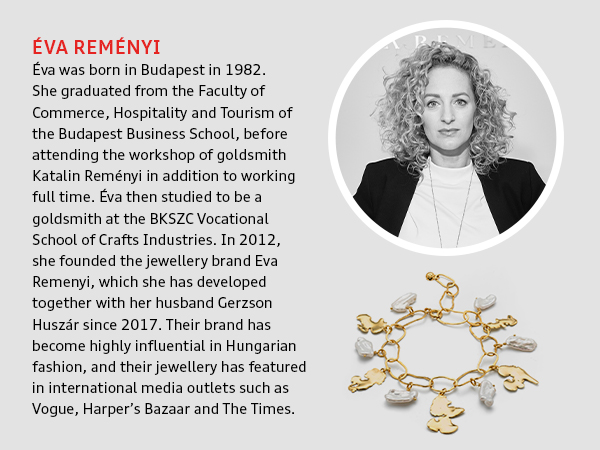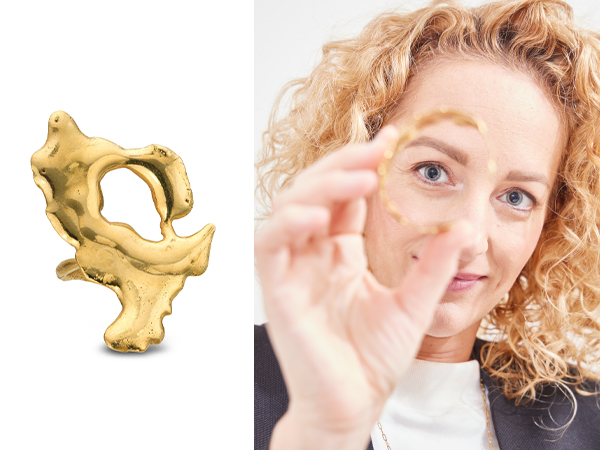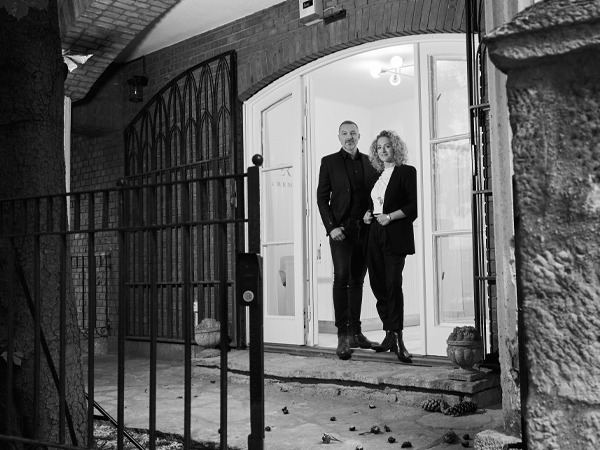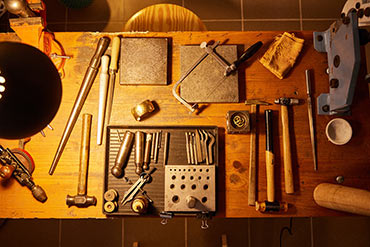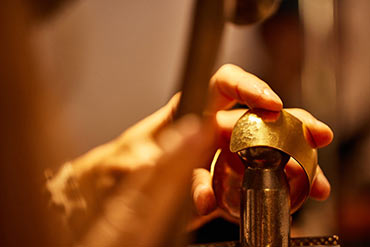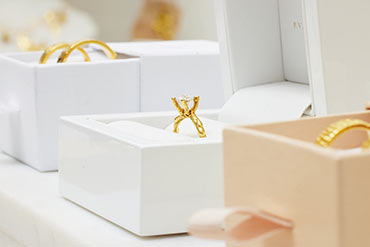Audi: Let’s return to those aluminium disks you found in the attic. Do you know how they got there?
Éva Reményi: My great-grandfather worked in an aluminium factory. He brought home some really nice objects, trays and jugs. The box was his too.
Audi: If I’m not mistaken, he’s not the only person in your family who worked with metal on a daily basis.
Éva Reményi: Yes, my father did car bodywork repairs when he was younger, and I spent a lot of time in his workshop as a child. Repairing bodywork is actually very similar to forging metal, which I also learnt later on.
Audi: How big a role do you think these childhood experiences played in your choice of career?
Éva Reményi: I’m sure they played a major role. I am very interested in psychology, and when I tried to uncover where this whole thing came from, and what the reasons, the unconscious elements, behind it were, I realised that part of it came from my dad’s workshop. I was that same little girl at the workshop who – rather than getting bored – startedlooking around enthusiastically at the screws and tools. Even today, I am much more impressed by a tool than by a nice handbag!
Audi: And what are your memories of the women in your family? Do you remember any pieces of jewellery that captured your imagination as a young girl?
Éva Reményi: Every person is a big mix of various little elements of their family members, so I also took a lot from the female side of my family. My grandfather on my father’s side was the technical director of a linen factory in Budakalász. He travelled half the globe with his work, and always brought a special piece of jewellery home for my grandmother from every trip. So my grandma had a proper treasure trove of jewellery, and wore every piece at some point. I have really vivid memories of them. My maternal grandmother, on the other hand, didn’t have much jewellery at all, though I still remember the pieces she had very well. For example, one of her broaches inspired one of the main motifs in our Volcano collection. And I inherited something extremely important from my mother, too: my entrepreneurial spirit. And it was from her that I learnt courage, too.
Audi: You graduated with a degree in economics, even if you soon moved away from that field. To what extent do you think this ‘roundabout’ path has contributed to the success of the brand?
Éva Reményi: The economic fundamentals I gained at college are very useful, whereas the practical side I have learnt from my family. If we’re talking about success, I would also highlight the fact that my husband has been working with me on the brand for the last five years. He has brought a lot of knowledge and business experience to the company, so I am fortunate to be able to focus on the creative process.

